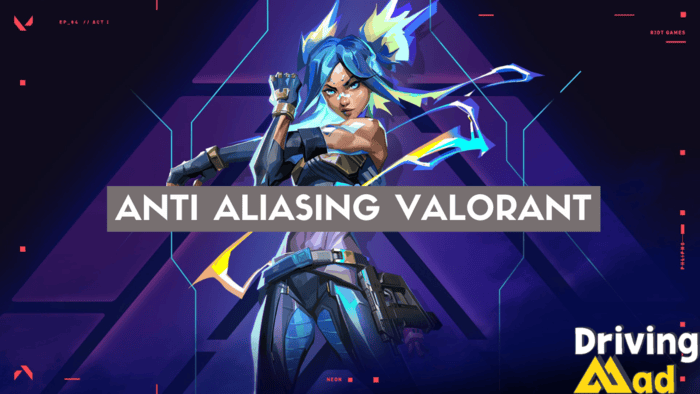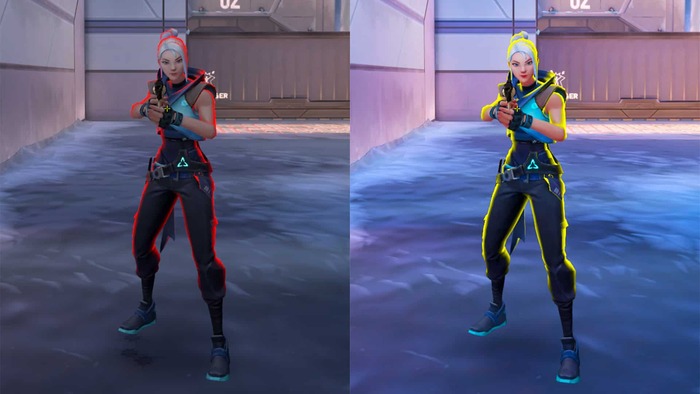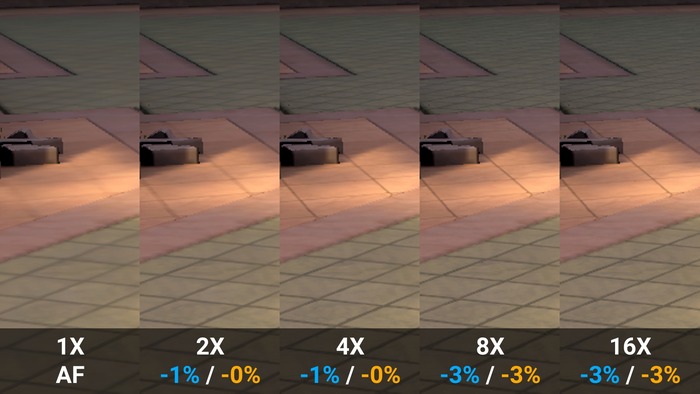Anti-aliasing in Valorant is a graphics feature that reduces rough edges on objects, making visuals appear smoother and more realistic.
It helps remove the “stair-step” effect on curves and diagonal lines, creating a cleaner image.
If you’ve noticed jagged edges in your game and want to improve its appearance, anti-aliasing is the setting to adjust.
Let’s explore how this feature works and how to use it to create the best visual experience in Valorant!

Why It Matters:
- Enhances visuals by reducing pixelation
- Can affect game performance based on the method used
- Different techniques balance quality and performance differently
Anti-Aliasing Methods in Valorant

Valorant provides different anti-aliasing techniques, each with its benefits and drawbacks.
Supersampling Anti-Aliasing (SSAA)
This method processes the image at a higher resolution before reducing it to fit the screen.
It delivers the best visual quality but requires a lot of processing power. Due to its heavy impact on performance, most modern games avoid using it.
Multisampling Anti-Aliasing (MSAA)
MSAA takes multiple samples along the edges of polygons, offering a good mix of image quality and system performance.
While effective for smoothing out jagged edges in shapes, it does not improve the appearance of textures.
Fast Approximate Anti-Aliasing (FXAA)
FXAA is a method that reduces jagged edges in images after they are rendered.
It works quickly and doesn’t slow down performance much.
However, it may blur the textures.
Temporal Anti-Aliasing (TAA)
TAA uses data from earlier frames to smooth out the current frame.
It helps to reduce flickering during motion.
But it might cause some blurring, especially on objects that are moving.
Subpixel Morphological Anti-Aliasing (SMAA)
SMAA blends techniques from MSAA and FXAA.
It provides a good mix of quality and efficiency.
It causes less blurring than FXAA while being faster than MSAA.
Optimal Anti-Aliasing Settings for Valorant

The best anti-aliasing settings depend on your system and personal preference. Here are some recommendations:
For Highest Performance
- Turn off anti-aliasing.
- It is ideal for competitive gaming, where high FPS is crucial.
For a Balance Between Performance and Quality
- Use MSAA 2x or 4x.
- It provides decent visuals without sacrificing too much performance.
For Best Graphics
- Set MSAA to the highest available option.
- If available, SMAA offers a good mix of smooth visuals and performance.
Tip
Try different settings in the Range or a custom match to see what suits your system and playstyle.
That’s all: graphics enthusiasts and performance seekers! Now you understand how anti-aliasing works in Valorant and how to optimize it.
Smooth visuals can enhance the game, but balancing quality and performance is important. Try different settings to see what suits your system and playstyle.
The proper adjustments might even help you land a precise headshot a fraction of a second sooner.
So, tweak those graphics, find your ideal setup, and may your aim be as sharp as your visuals!

